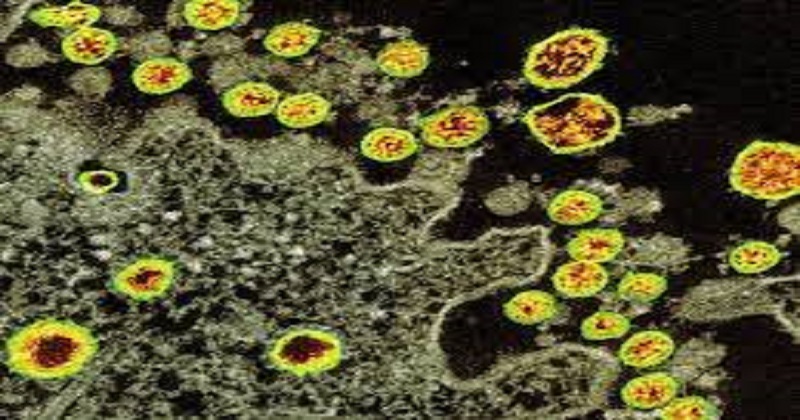
In the midst of increasing calls for finding the origin of the Coronavirus and how it spreads, new research shows that it replicated the SARS outbreak that occurred 17 years ago, and animal contagion is the most likely explanation. Researchers examined the epidemiological history of SARS CoV-2, comparing it with previous outbreaks of the virus associated with animal markets. A preprint version of the study gives a detailed explanation of SARS-CoV-2’s genetic signatures, early epidemiology, and research done at the Wuhan Institute of Virology. Published on Wednesday, the paper is yet to be reviewed and is due for submission to a journal.

In addition to the authors, some of the top experts in coronavirus and virus genetics have signed pre-print versions of the paper, including:
- Kristian Andersen of The Scripps Research Institute in La Jolla, California
- Evolutionary biologist Michael Worobey of the University of Arizona
- Andrew Rambaut of the Institute of Evolutionary Biology at the University of Edinburgh
- Stephen Goldstein of the Department of Human Genetics at the University of Utah
- Angela Rasmussen of the University of Saskatchewan
- Joel Wertheim of the University of California, San Diego, and
- Jeremy Farrar of Britain’s Wellcome Trust
A new study adds to what we already know about spread probabilities. Speculations suggest either it may have come from a Wuhan lab or it could be a case of zoonotic transmission. ‘The origin of SARS-CoV-2 is currently unknown. The Wuhan Institute of Virology (WIV) did not have any association with early cases, contrary to the epidemiologic links to animal markets in Wuhan, nor is there any evidence to suggest that the Institute worked on SARS-CoV-2 before the outbreak’, the authors wrote.
In a report published in Bloomberg, authors claimed that while the lab accident theory is hard to dismiss, it is unlikely, considering the regular human-animal contact in the wildlife trade. A few remarks should be made regarding Wuhan, one of the largest cities in central China, and its many livestock markets. A large population and its connection to both within and outside the country by land and air routes make it a perfect hotspot for such an outbreak.
Read more: The deadliest days of Indonesia’s history are captured in aerial images
17 years ago, a similar outbreak of SARS broke out at the Huanan wholesale seafood market in Wuhan that sold wild animals. Researchers are yet to discover a bat reservoir or intermediate animal host for SARS-CoV-2. According to an earlier study, the virus that causes Covid-19 began spreading in China as early as October 2019, two months before it was first reported in Wuhan. Consequently, the research adds credence to the theory that other variants of Coronavirus were already in circulation before the first cases were reported.

Post Your Comments